How to play Damath: a detailed illustration of everything you need to know
Solving numeracy problems is one of the challenges that both children and adults face. Constant practice and learning are essential in this area. All work and no play has never been a long term solution to any issue. For your math and numeracy problems, damath is the perfect solution.
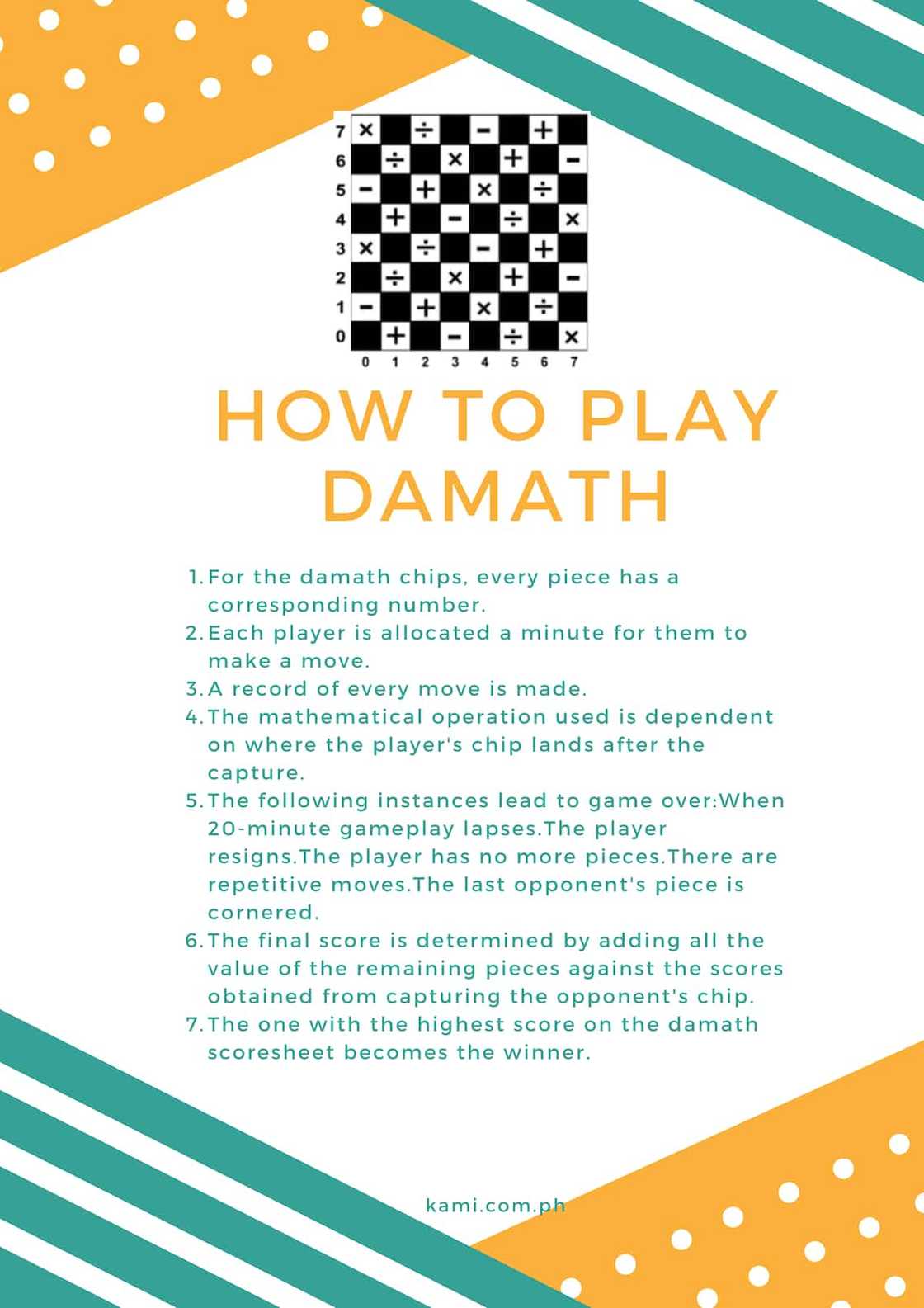
Source: Original
Damath is the new checker in town. One of the leading educational games that many people enjoy to play but also learn extensively from is the damath board game. The game is a combination of checkers and math that challenges quick thinking and rejuvenates your brain.
What is damath
Damath is one of the most popular educational board games used as a mathematical teaching tool. The name comes from the words "dama" (Filipino word for checkers), and math. Both elementary and high school students love the game. What makes it more interesting is that it still works well for adults that want to refresh their numeracy skills.
It is a two-player board game whereby every piece or chip has a corresponding number with arithmetic symbols on the board. Each player has 12 pieces numbered between 0-11.
Who is the Filipino inventor of Damath?
Jesus Huenda is the Filipino inventor of Damath. He was a teacher in the province of Sorsogon that found the traditional methods of teaching math to be ineffective. This steered his attention to an investigatory project called "Dama de Numero" that was submitted in 1975 by a student, Emilio Hina Jr.
Jesus Huenda was captivated by his findings, which aroused his curiosity to investigate whether damath was his long-awaited solution to teaching math. He later overhauled the game and introduced it to his class, who immediately fell in love with it.
The game was inspired by an existing game called checkers, which Huenda used as a basis for his creation. He modified the checkers board by adding 8x8 square grids and assigned numerical values to each of the squares. Players then use chips, which come in different colors, to represent positive and negative integers. The objective of the game is to capture all of your opponent's chips or to prevent your opponent from making a valid move.
Huenda designed the game to help improve the mathematical skills of his students. Damath involves addition, subtraction, multiplication, and division of positive and negative integers, as well as the concepts of absolute value and fractions.
The game gained popularity in the Philippines and eventually spread to other countries such as Indonesia, Singapore, and Malaysia. The Damath Federation of the Philippines was established in 1980 to promote and standardize the game. The federation organizes annual national championships and oversees the training of coaches and players.
How to make damath board
Making this game is much easier compared to playing one. There are several ways to DIY at home that are not so involving. The following process can be done at home without so much stress:
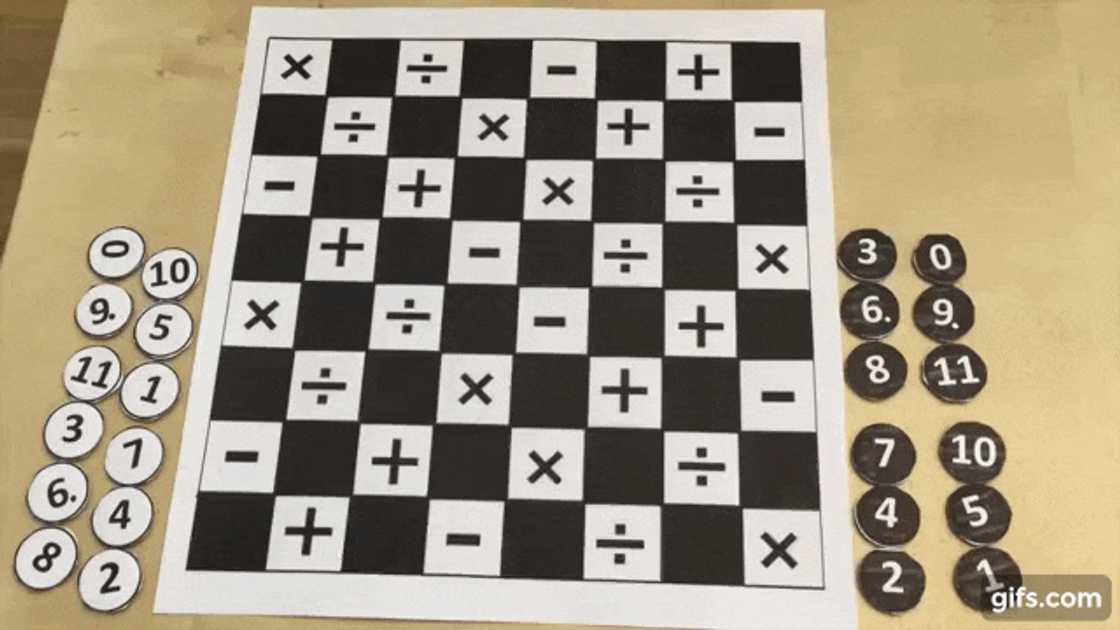
Source: UGC
- Make (4)black and (4)white stripes of manila of about 5cm long. You can use any other two colors that you prefer.
- Interlock the stripes to come up with a checked board.
- Make sure you tape the edges of the board to avoid splitting.
- Using a marker, draw border lines at the edges of the board and shape them evenly using scissors.
- Number every checked box at the border on all sides of the board from 0-7.
- Use an image of a damath board to indicate the respective mathematical signs.
- With a home-made game, your family and friends can have fun and learn at the same time.
How to play damath
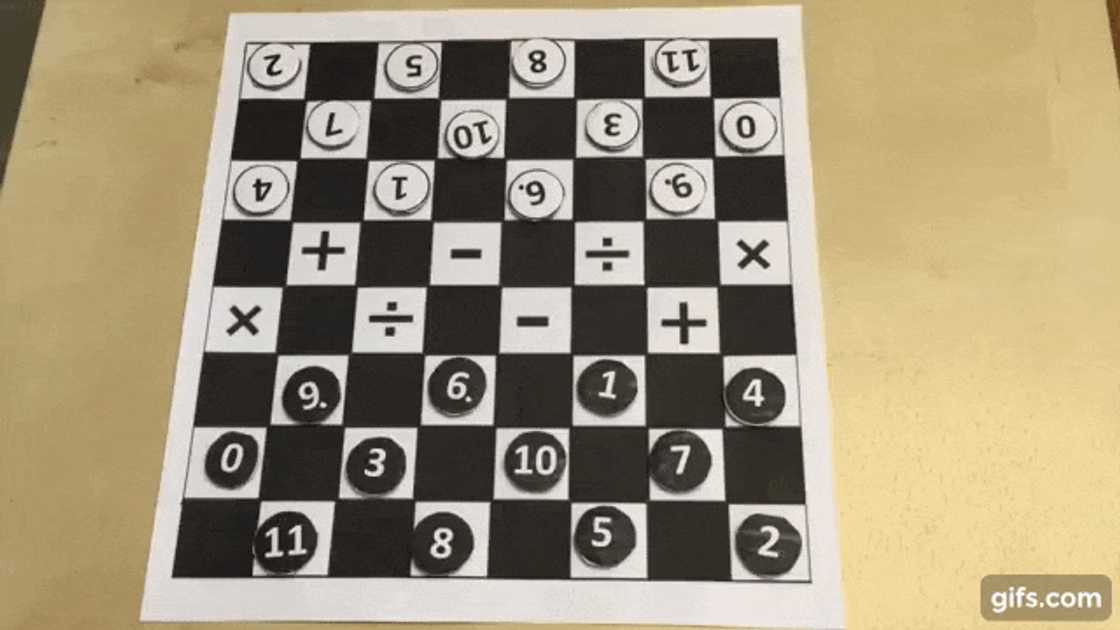
Source: UGC
The following are the guidelines for playing damath:
- The in-game toss coin decides the player that makes the first move.
- A player is not allowed to make a pass, and two players take turns in moving a piece.
- The game's duration can either be endless or timed, but each player has 60 seconds to execute a move.
- Endless mode:
If a player exceeds the given time there is an additional point for every five seconds they do not make a move.
2.Timed mode:
The game lasts for 20mins. If a player does not move within the given time, one of their chips is forced to move.
- Players should make moves in a forward direction, except when taking a chip or if a chip is already in 'dama'.
- A chip is declared 'dama' when it stops in the following squares of the opposing player: (1,0), (3,0), (5,0), (7,0). Likewise, a chip of the opposing player is declared 'dama' when it stops in the following squares: (0,7), (2,7), (4,7), (6,7).
- This indoor board game has four operation symbols of +, -, x, and ÷. In taking the opponent's chip, the 'taker' chip jumps over the 'taken' chip and uses any of the four operation symbols to earn points, depending on where the piece lands.
- The directions that a 'dama' chip can slide is either diagonally, forward or backward in any of the unoccupied squares to get over the opponent's chip blocking its path.

Read also
Gab Valenciano, ibinahagi ang emosyonal na video ng pag-iyak ng ina sa airport nang umalis na siya
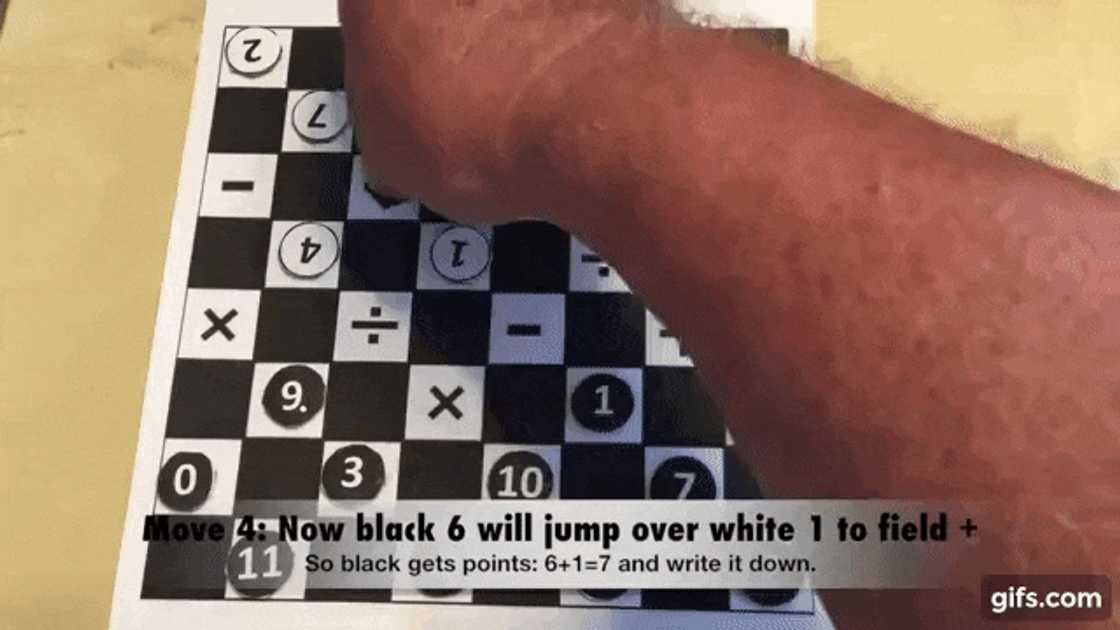
Source: UGC
- The points are earned depending on the corresponding sum, difference, product or quotient, and the numbers on the chips.
- The game ends either after the 20-minute game period or when a player has no more chips to move or when an opponent's chip is cornered.
- The players' remaining chip or chips are added to their respective scores, and if the chip is a 'dama', then the score is also doubled.
- The player with the greater accumulated total score becomes the winner of the game.
Damath rules
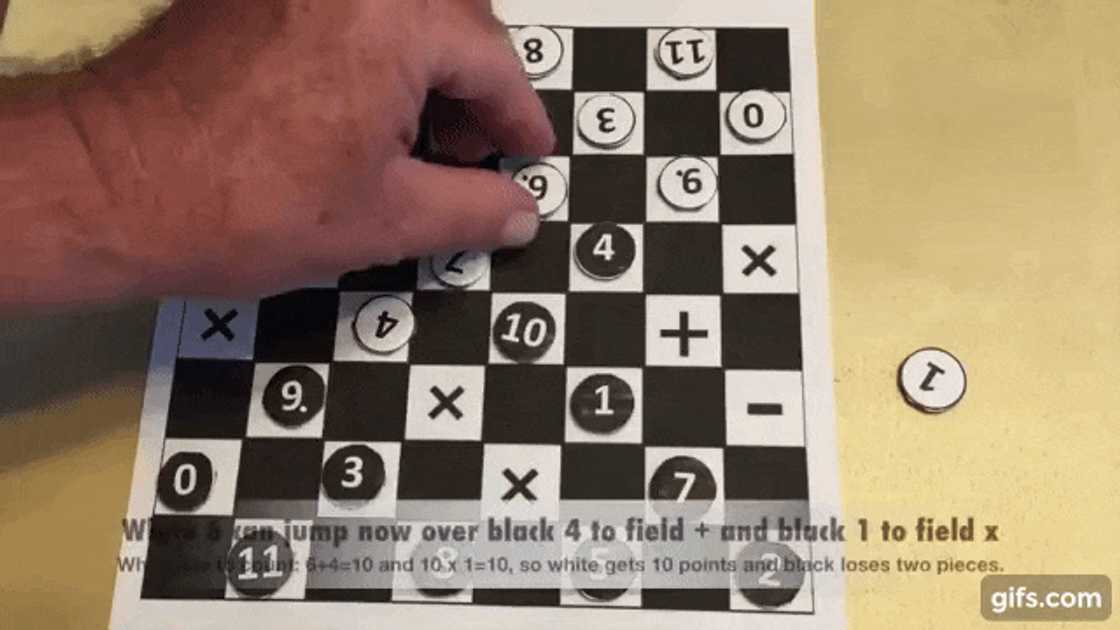
Source: UGC
The following rules are similar to checkers:
- For the chips, every piece has a corresponding number.
- Each player is allocated a minute for them to make a move.
- A record of every move is made.
- The mathematical operation used is dependent on where the player's chip lands after the capture.
- The following instances lead to game over:
- When 20-minute gameplay lapses.
- The player resigns.
- The player has no more pieces.
- There are repetitive moves.
- The last opponent's piece is cornered.
6. The final score is determined by adding all the value of the remaining pieces against the scores obtained from capturing the opponent's chip.
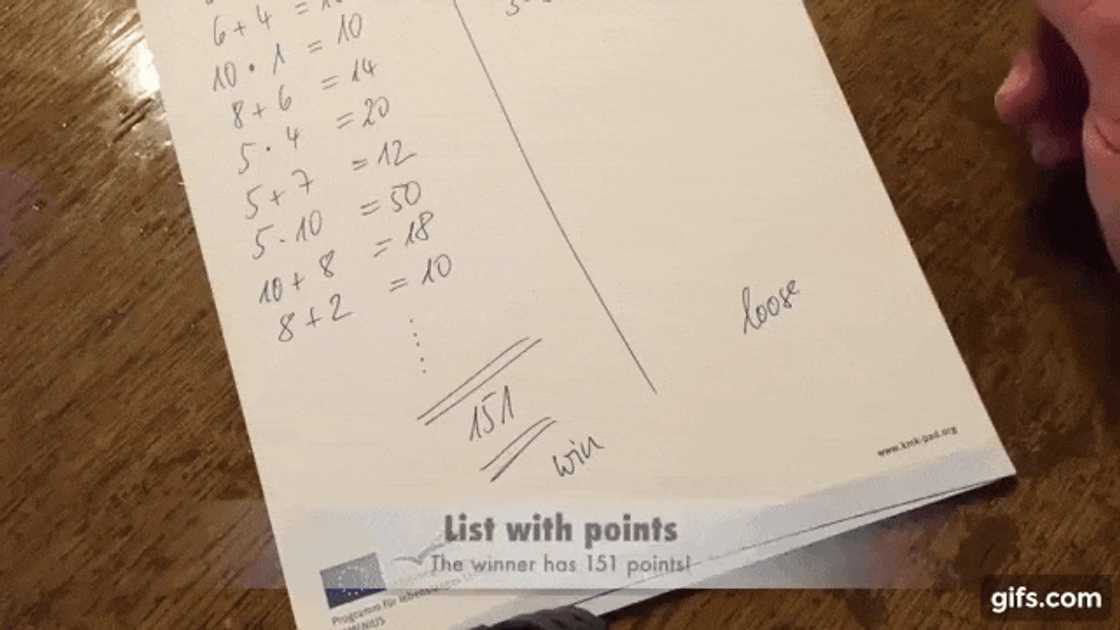
Source: UGC
7. The one with the highest score on the damath scoresheet becomes the winner.
Damath is one of the top indoor games that bring educational value to both children and adults. For an indoor game to jumpstart your numerical ability, damath is the best choice.
In recent years, Damath has been used as a teaching tool in schools to improve the mathematical abilities of students. The game has also been recognized as a sport in the Philippines, with the Department of Education officially including it in the list of sports for the Palarong Pambansa (National Games) in 2016.
Source: KAMI.com.gh





